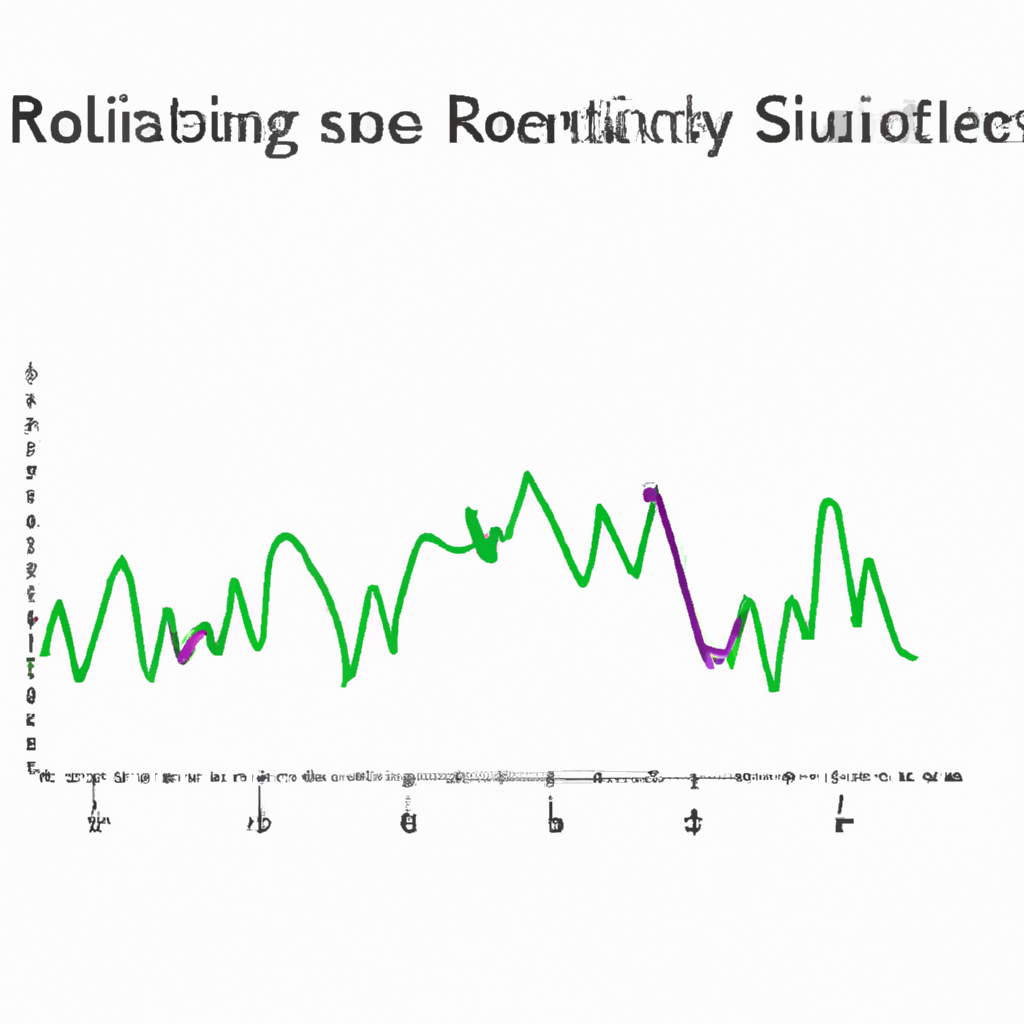
RSI Oscillator Strategies: Maximizing Profits with Relative Strength Index
Introduction
The Relative Strength Index (RSI) is a popular technical indicator used by traders to identify overbought or oversold conditions in the market. It measures the strength and speed of price movements and provides valuable insights into potential trend reversals. RSI oscillator strategies can be powerful tools for maximizing profits in trading. In this article, we will explore some effective RSI oscillator strategies that can help traders make informed decisions and achieve consistent results.
1. RSI Divergence Strategy
One of the most widely used RSI oscillator strategies is the RSI divergence strategy. This strategy involves identifying divergences between the price and the RSI indicator. Divergence occurs when the price makes a new high or low, but the RSI fails to confirm the same movement. This can signal a potential reversal in the price trend.
Steps:
– Step 1: Identify a strong uptrend or downtrend in the price.
– Step 2: Look for divergences between the price and the RSI indicator.
– Step 3: If the price makes a higher high while the RSI makes a lower high, it indicates a bearish divergence and a potential trend reversal. Conversely, if the price makes a lower low while the RSI makes a higher low, it indicates a bullish divergence and a potential trend reversal.
– Step 4: Confirm the divergence with other technical indicators or price patterns.
– Step 5: Take appropriate trading actions based on the identified divergence, such as entering a trade or adjusting existing positions.
2. RSI Overbought/Oversold Strategy
Another popular RSI oscillator strategy is the overbought/oversold strategy. This strategy involves identifying extreme RSI readings that indicate overbought or oversold conditions in the market. Traders can take advantage of these conditions by anticipating price reversals.
Steps:
– Step 1: Determine the overbought and oversold levels for the RSI. The commonly used levels are 70 for overbought and 30 for oversold, but they can be adjusted based on the specific market conditions and asset being traded.
– Step 2: Monitor the RSI for readings above 70 or below 30.
– Step 3: When the RSI crosses above the overbought level, it indicates a potential reversal to the downside. Similarly, when the RSI crosses below the oversold level, it indicates a potential reversal to the upside.
– Step 4: Confirm the overbought/oversold signal with other technical indicators or price patterns.
– Step 5: Take appropriate trading actions based on the identified overbought/oversold conditions, such as entering a trade or adjusting existing positions.
3. RSI Trendline Break Strategy
The RSI trendline break strategy is based on the concept of trendline analysis combined with the RSI oscillator. It helps traders identify potential trend reversals and take advantage of them.
Steps:
– Step 1: Draw trendlines on the price chart to connect the highs or lows.
– Step 2: Plot the RSI indicator on the same chart.
– Step 3: Monitor the RSI for a break of its trendline.
– Step 4: When the RSI breaks its trendline, it indicates a potential trend reversal.
– Step 5: Confirm the trendline break signal with other technical indicators or price patterns.
– Step 6: Take appropriate trading actions based on the identified trendline break, such as entering a trade or adjusting existing positions.
Conclusion
RSI oscillator strategies offer traders valuable insights into market conditions and potential trend reversals. By using these strategies effectively, traders can make informed decisions and maximize profits. However, it is important to remember that no strategy guarantees success in trading. Traders should always combine RSI oscillator strategies with proper risk management techniques and thorough analysis of market conditions to achieve consistent results.





